Yushu Horse Racing Festival
Yushu Horse Festival tour in Qinghai is the best tour for both culture and nature lovers. You will have amazing journey from Xining to Yushu via Kanbula National Park, Mount Amnye Machen then join one of the largest festival in Qinghai.
July 24/ Day 1: Xining - Shachung Monastery - Kanbula National Park - Gui’de
Our journey begins today! We drive south east to visit Shachung Monastery. Shachung means Garuda in Tibetan, a mythical bird. The name is given to the monastery due to it’s shape and location. The Shachung Monastery located on a high cliff and monastery lies at the edge of the cliff with a shape like a Garuda overlooking the vast valley with bends of Yellow River. This is one of the most historical monastery in Qinghai Province. The Je Tsongkhapa who is the found of Geluk Tradtion in Tibetan Buddhism spent his youth(age of 6-17) in this monastery for studying. Afterwards, we will drive to Kanbula National Park. This is a beautiful National park with different landscapes. You can see Turquoise Lake, Red Clay Mountains, Forest, local Tibetan villages, Meditation caves and nunnery. Our day will end in Gui’de town just outside of Kanbula National Park. Gui’de is one of the lowest place in Qinghai Province.
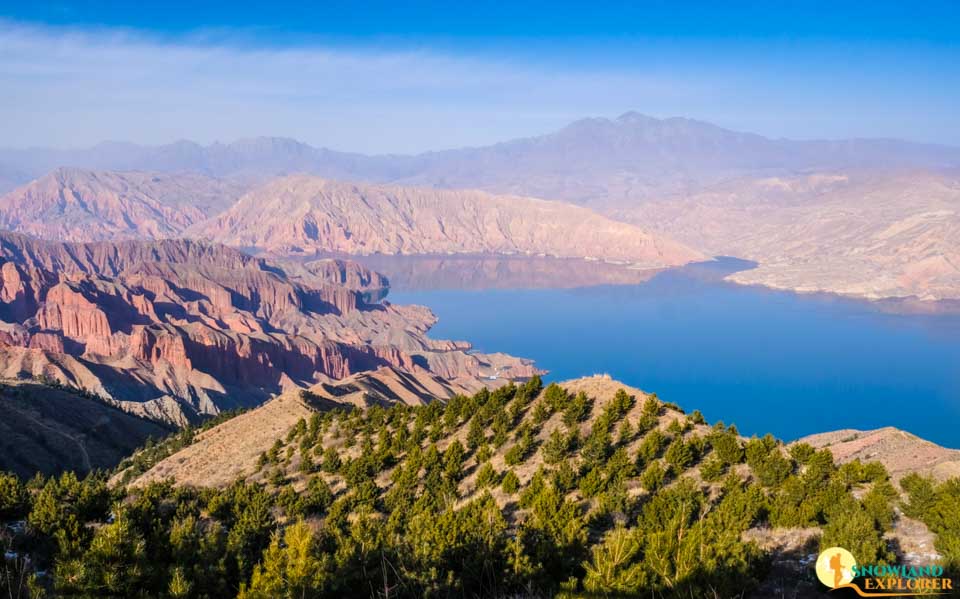
Kanbula National Park
July 25/ Day 2: Gui’de - Ragya Monastery - Machen [3680m] 280km 4-5 hours
Head out to Machen, the capital of Golok Tibetan Prefecture, the most rugged area in all of Amdo. Watch rolling green hills turn into snow mountains. About 40km west of Tsekog town along the main road, you can visit Hor monastery and the Mani stone just behind the monastery, the monastery originally was a tent camp, were constructed by the first Terton Rinpoche in 1831, and the monastery considered a branch of Dodrubchen. Along the way, stop off at Ragya Monastery, a branch of Sera Monastery in Tibet Autonomous Region. Ragya is located at open red clay valley on the Yellow River side. There is a half hour circumambulation path around the monastery which you can go with local pilgrims. Stay overnight in Machen.

Ragya Monastery and Yellow River
July 26th /Day 3: Machen - Mt. Amnye Machen - Yushu [3710m] 410km 5-6hours
In the morning, drive towards Mt. Amnye Machen, Amnyi Machen is one of the main holy mountains in Tibet, it is revered in both Tibetan Buddhism and Bon religion as the chief indigenous deity of Amdo. The exitence of this huge mountain results in one of the great bends of yellow river. We will stop at bottom of this majestic snow mountain, walk to glacier or hike up to a mountain to have a panoramic view of Mount Amnye Machen. Afterwards continue drive to Jyekundo(Yushu) via Mato town which is probably the highest town in Amdo with elevation of 4300m from sea level. In Tibetan, Mato means the town which is located at the upper source of yellow river. Overnight in Jyekundo.
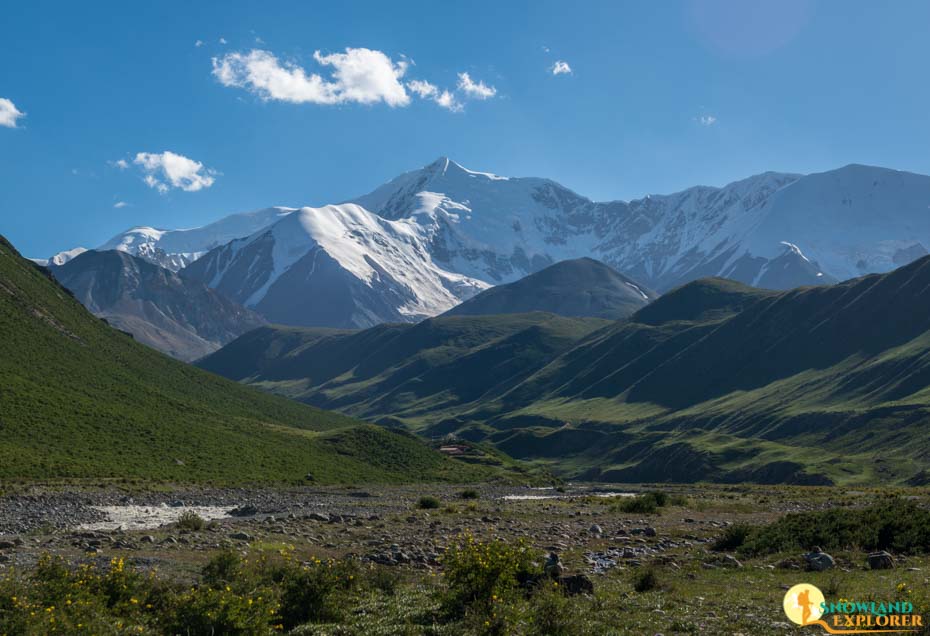
Mount Amnye Machen
July 27th /Day 4: Machen - Mount Amnye Machen - Yushu [3710m] 410km 5-6hours
In the morning, drive towards Mt. Amnye Machen, Amnyi Machen is one of the main holy mountains in Tibet, it is revered in both Tibetan Buddhism and Bon religion as the chief indigenous deity of Amdo. The exitence of this huge mountain results in one of the great bends of yellow river. We will stop at bottom of this majestic snow mountain, walk to glacier or hike up to a mountain to have a panoramic view of Mount Amnye Machen. Afterwards continue drive to Jyekundo(Yushu) via Mato town which is probably the highest town in Amdo with elevation of 4300m from sea level. In Tibetan, Mato means the town which is located at the upper source of yellow river. Overnight in Jyekundo.
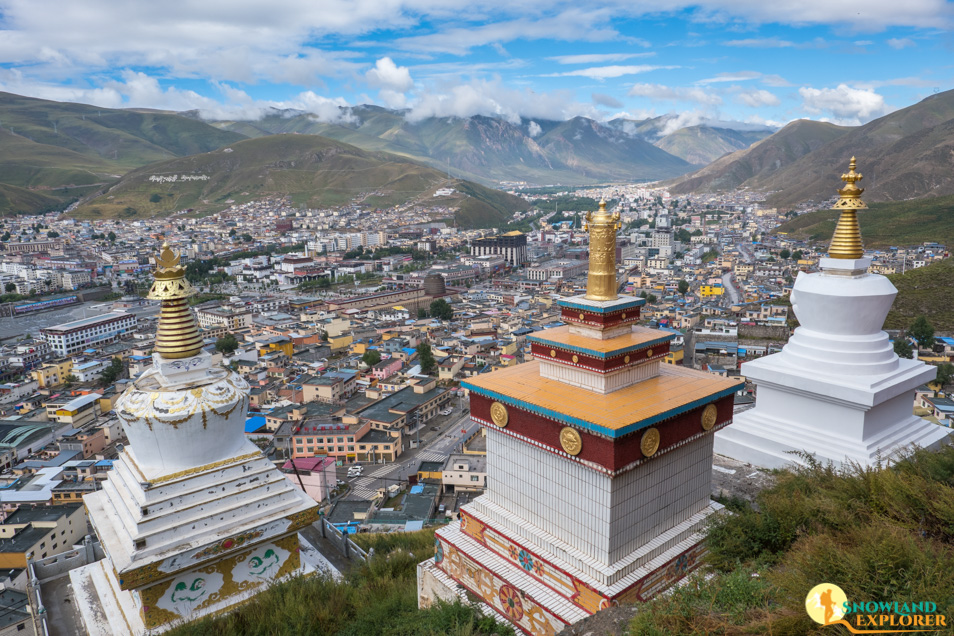
Yushu Town
July 28th /Day 5: Yushu Horse Racing Festival [3710m]
Before the festival started, hike or drive up to Jyegu monastery, located on a hill behind the town. And it was a Bon monastery originally and later converted to Kagyu and now it is a Sakya monastery, the monastery was completely destroyed during the earth quake in 2010. now the reconstruction is almost done. Afterwards, attend the horse racing. Yushu or Jyekundo Horse Racing Festival is one of most popular horse racing festivals in Tibet. The festival is held from 25th of July to 28th July and the first 2 days arrange as a opening ceremony of various government activities, and the last 2 days will be the main activities of horse races. The festival also has some cultural events of traditional dances from Kham region, singing and show of Tibetan dresses. And the main purpose of the festival is the commemoration of the legend King Gesar combines with the spread of awareness of three rivers sources. Overnight in Jyekundo.

Yushu Horse Festival
July 29th /Day 6: Yushu Horse Racing Festival [3710m]
In the morning, visit Gyana Mani Stone Pile, a huge pile of stones carved with Tibetan Buddhist prayers. The largest field of mani stones in the whole Tibet , approximately 1sqkm in the area. The original temple on this site was constructed in the late 18th century by the first Gyana Tobden Tulku. Afterwards visit the festival, you may also be able to see Yak racing and archery completion during the festival. Overnight in Jyekundo.
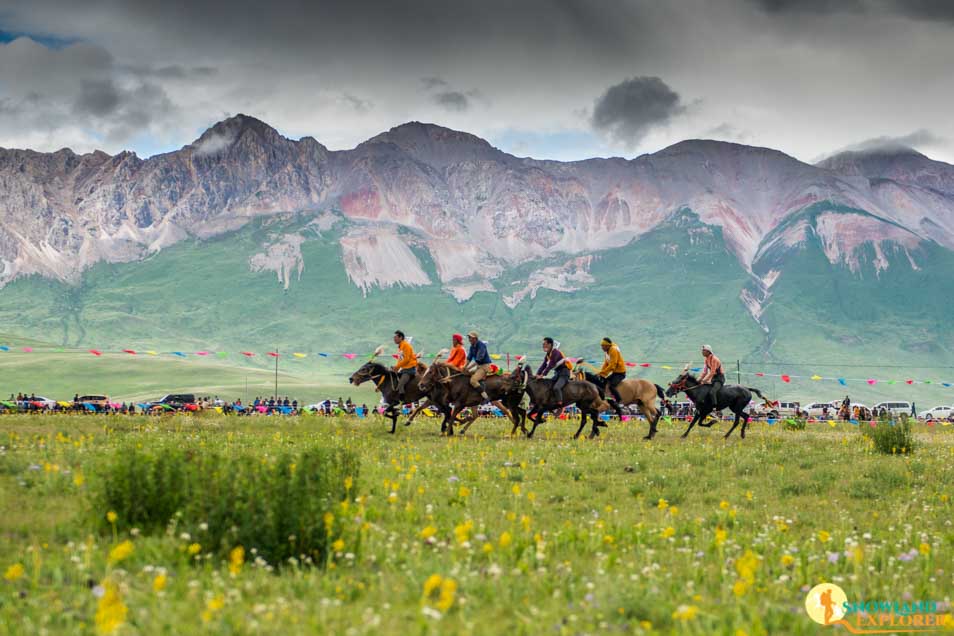
Horse Festival in Yushu
July 30th / Day 7: Drive back to Xining or fly back to Xining, Chengdu or Lhasa
In the morning, visit Nampar Nangdze Lhakhang, which was originally a rock caving Buddhas, later built a temple on it. The Chinese priestesses Wenchen said to stayed here once before she arrive Lhasa. The main stone relief image in the temple is the image of Vairocana flanked by the eight Bodhisatvas. Afterwards drive back to Xining or fly to Xining, Chengdu or Lhasa.
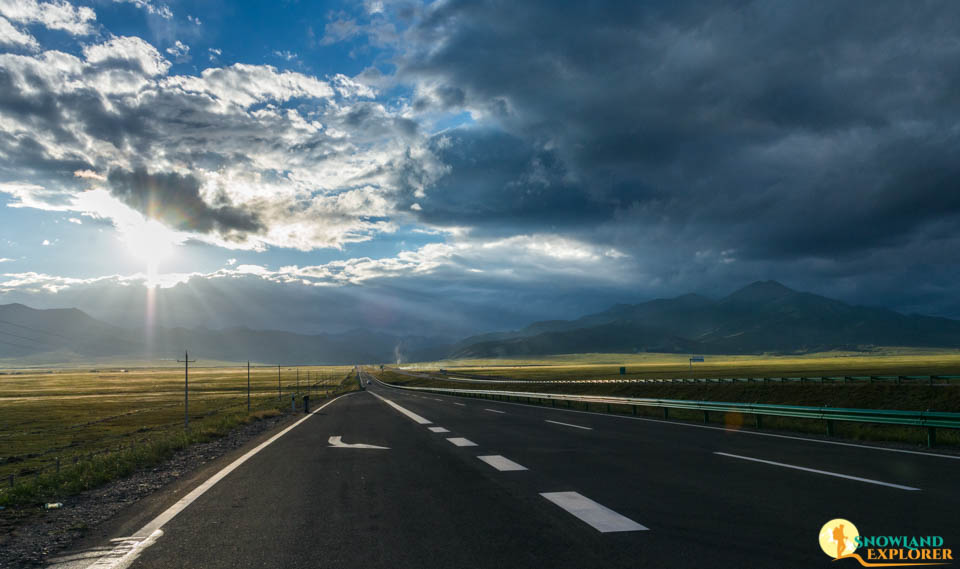
On the road from Yushu to Xining
-
DepartureXining
-
Departure DateJuly 24th
-
Return DateJuly 30th
-
IncludedTibetan English speaking guidePrivate vehicleAccommodationEntrance ticketsLiability insurance
-
Not IncludedYour food (lunch and dinner)Plane/train ticketsTravel insurance (recommended to purchase in your home country)Tips for driver and guide
-
Maps
Similar Tours
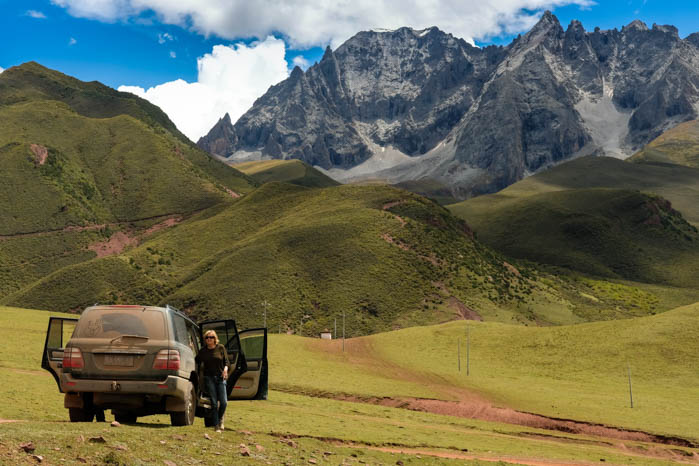
9 Days Chengdu to Yushu Tour
Stunning landscape, traditional culture, Temples
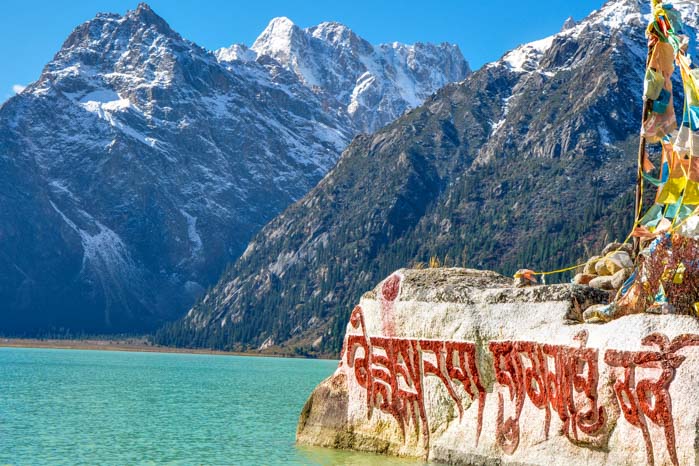
Amdo and Kham Group Tour
Tibetan Culture, Plateau Landscape, Lakes, Snow Mountains
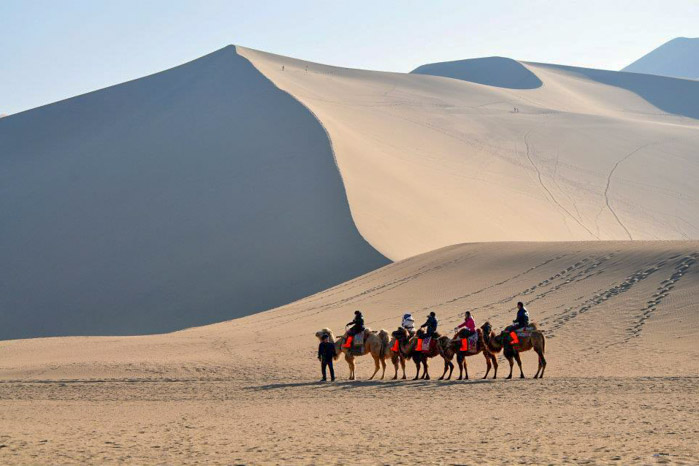
Silk Road Tour via Kham Tibet
Mount Amnye Machen, Yushu, Wildlife, Dunhuang, Zhangye
.jpg)
-2.jpg)


.jpg)
.jpg)
.jpg)
.jpg)
.jpg)
.jpg)